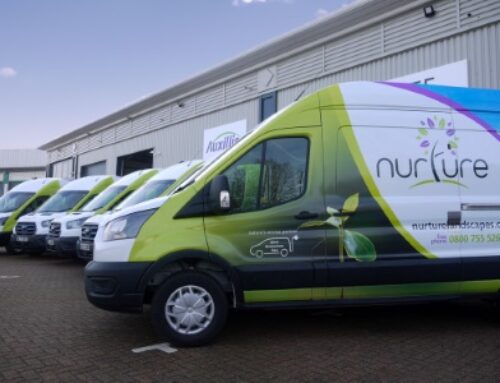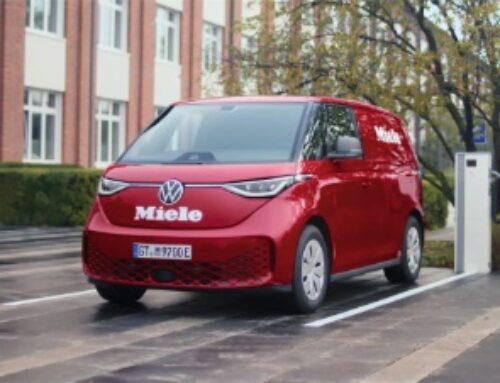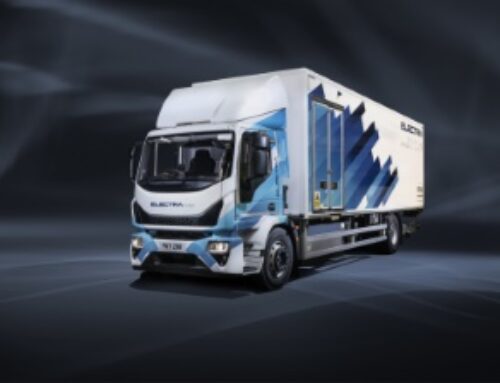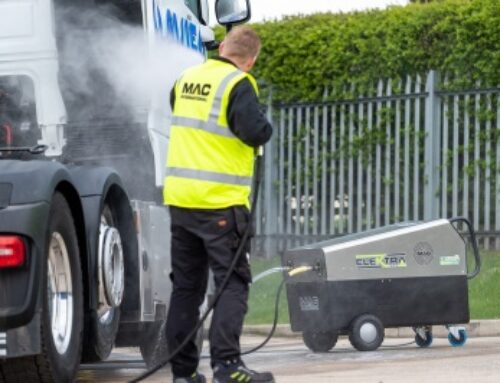Telematics trends for 2020
 Agility, analytics and sustainability are key considerations, says Pjotr Horowitz, chief sales officer at freight transport platform Ontruck
Agility, analytics and sustainability are key considerations, says Pjotr Horowitz, chief sales officer at freight transport platform Ontruck
Telematics has been a critical force in reshaping the transportation of goods in the last decade. Whether the rollout of sophisticated route optimisation tools saving empty miles, the standardisation of end-to-end tracking and traceability, or the application of real-time mechanical diagnostics, there can be no doubt that the role of telematics will only continue to deliver further efficiency, safety, and innovation to the sector.
With a consumer society driven by ongoing evolution and disruption in retail, both online and offline, e-commerce will only continue to grow.
This growth has already bolstered an increased demand for the transportation of goods that ripples right down to freight forwarding and road transport, and with this demand comes heightened expectations for speed, traceability, and predictability to which the transport sector must remain agile enough to adapt to.
Today, businesses and individuals expect to get goods faster, with more flexibility, and – in the case of consumers – at low or no delivery cost.
As a result of these rising benchmarks around expectations, larger logistics multinationals have become increasingly reliant upon the support of digital operators such as Ontruck for agile distribution and are now entrusting digital players with increasing shares of their cargo volumes.
This has also been highlighted in a recent report by the British consultancy Transport Intelligence and PwC, who both highlight a shift away from competitive environments towards a more collaborative and digital environment, a pivotal moment for an industry that has historically been slow to digitise. There are already some notable examples of market leaders partnering with smaller startups offering digital solutions, such as FedEx, DHL and DB Schenker.
 The new digital players integrate the latest technological innovations to automate and optimise processes, connecting supply with demand and providing maximum traceability to shipments, increasing overall efficiency, lowering costs and reducing environmental impact.
The new digital players integrate the latest technological innovations to automate and optimise processes, connecting supply with demand and providing maximum traceability to shipments, increasing overall efficiency, lowering costs and reducing environmental impact.
Those willing to invest and integrate new technologies into operations will reap multiple competitive advantages. The winners will be those who understand how to fully use telematics to exploit various areas, from data analytics to automation and platform solutions.
Technology and data analytics remain set to become a fundamental touchstone for the transport of goods by road. Data collection remains central in maximising efficiency and revolutionising the management of fleets by finding the most efficient routes and optimising the management of vehicle loads.
Doubling down on investment into technology and analytics not only improves quality of services but also reduces costs in fuel and maintenance, offering a win-win for both shippers and carriers.
Finally, and perhaps most significantly, these applications of data will help lower environmental impact as eliminating inefficiencies also reduces the empty kilometres travelled by trucks, avoiding any excessive and unnecessary emissions of polluting gases.
Without a doubt, the frontrunner trend for the near future around telematics will be the development of technologies that can deliver new, greener solutions that will enable the sector at large to carry out goods transportation in a more sustainable way for the environment.
Transport companies will need to progressively invest in the renewal of their fleets; however, this corporate responsibility will also extend back to the multinationals producing and distributing the raw materials and consumer goods that need to be transported.
They too will be expected to pursue strategies focused on consumer transparency that encompass more sustainable models into their overall logistics processes.
According to the European initiative Lean and Green, the optimisation of logistics and road transport processes has played a vital role in helping to lower the output of CO2 emissions.
In this regard, investment into telematics and continued collaboration with digital operators can both be expected to help pave the way for greener and more sustainable logistics ecosystems.











